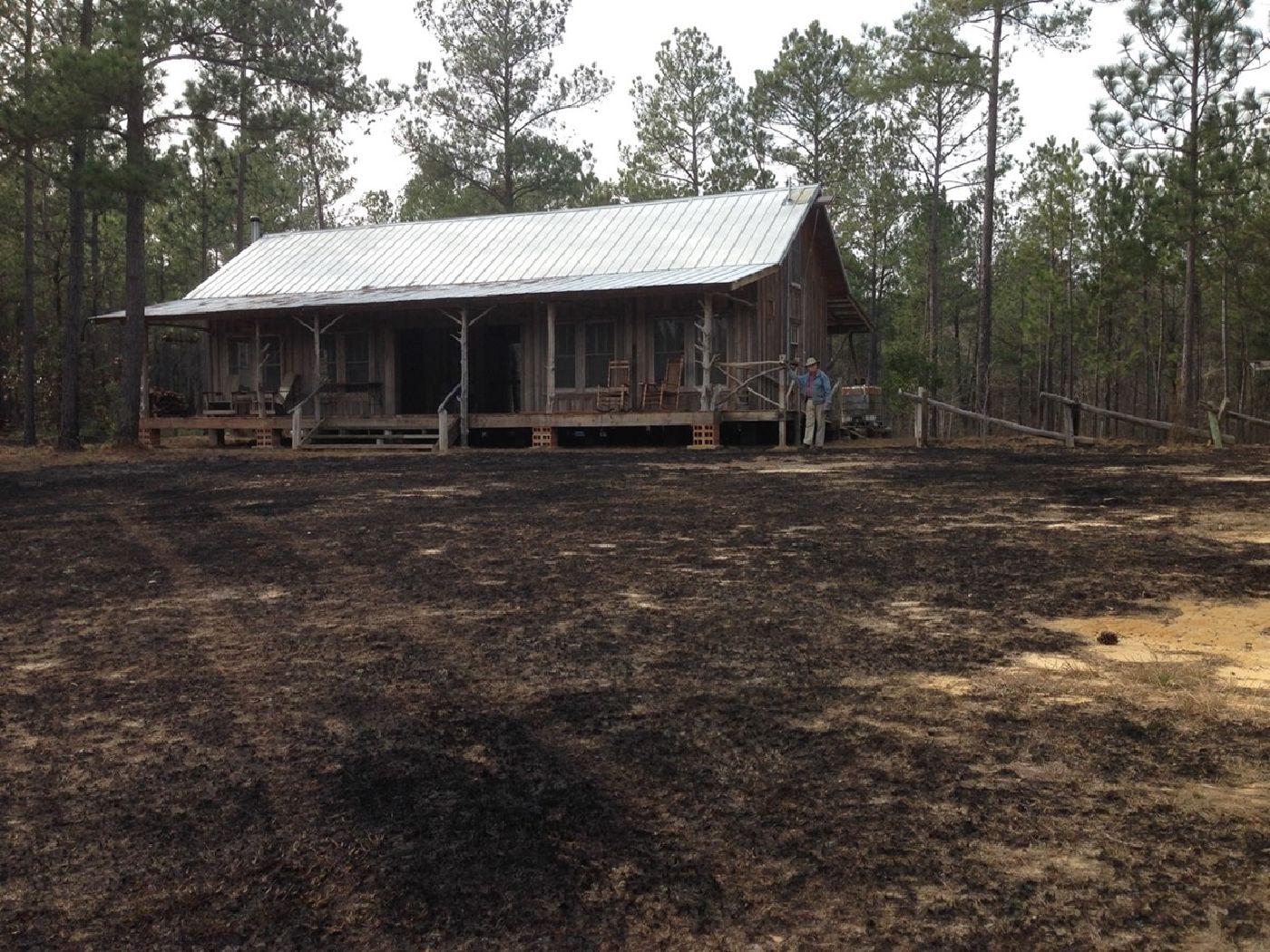INTRODUCTION
Since 2006, members of the WMS Environmental Council have endeavored to answer the question “If we have no wilderness, then why should there be a Wilderness Medical Society?” Through the years, members of the committee have encouraged local activism to protect the wilderness spaces we love. The motto has been “think global, act local.”
As climate change worsens, land protection is more relevant than ever. One of the most newsworthy aspects of climate change in the US is the increasing prevalence of wildfire destruction of public and private lands. In 2020 alone, arid land with an abundance of fuel, led to the destruction of more than five million acres in the US western states. For foresters and landowners practicing controlled burning, it was easy to see the flames coming. Since World War II, complete fire suppression has been a misguided cornerstone of public and private land protection. Instead of allowing non-threatening fires to consume excess fuel, fire suppression advocates endorsed extinguishing all wildfires, on all lands, at all times.
SMOKEY BEAR
In the Spring of 1942, following the attack on Pearl Harbor, Japanese submarines surfaced on California’s coast firing missiles at an oil field near the Los Padres National Forest. Americans became worried other incendiary bombings would occur and lead to disastrous wildfires. Since most able-bodied fire fighters were involved with the war effort, the US Forest Service organized a public service campaign to reduce human carelessness and accidental forest fires. In 1944 Smokey Bear was born. Smokey’s message became the iconic: “Only YOU Can Prevent Forest Fires.”
In a 2012 NPR series, fire historian Steven Pyne said Smokey’s message was so effective, the resulting overzealous fire suppression on public lands in effect contributes to massive wildfires instead of preventing them. We now know fire suppression leaves too much natural fuel on the ground. In light of recent trends, officials and experts have coalesced around the need to abandon longstanding policies requiring every fire be extinguished and to significantly increase the use of prescribed fire. In 2001, the US Forest Service recognized this problem and changed Smokey’s message regarding forest fires to: “Only You Can Prevent Wildfires.” The change in message is subtle, but it opens the door for intentional controlled burning (prescribed fire) of lands to dispose of excess fuels.
WHAT IS PRESCRIBED FIRE?
A “prescribed fire” is the purposeful application of fire to achieve a specific vegetation management objective under a prescribed set of environmental circumstances, including season, wind speed and direction, temperature, humidity and smoke dispersal. We know prolonged exposure to particulate matter in smoke can have serious health effects. Burn managers understand this risk and live by the proverb “my fire, my smoke, my problem, wherever they go.” If planned correctly, proper dispersal conditions shift smoke from prescribed fire into the upper atmosphere where human impact is minimized.
Burn managers employ three major smoke management strategies: avoidance, minimization, and dilution. Utilizing predicted wind direction to schedule a prescribed burn can help avoid smoke sensitive areas such as cities and towns. Burning after a light rain may reduce the amount of fuel consumed and thereby minimize the amount of smoke produced. One of the most important components of smoke control is the Dispersion Index. Calculations of weather conditions by the National Weather Service are converted into a numerical index to estimate the capacity of the atmosphere to dissolve and disperse smoke. Low index numbers mean poor dispersion and preclude prescribed burns.
BENEFITS OF PRESCRIBED FIRE
In the Southeastern United States, landowners use prescribed fire to treat millions of acres every year, which experts have credited with sparing communities from the kind of devastation that has become tragically routine in California.
For the past 15 years our family has employed prescribed fire and other forestry management techniques to enhance habitat for endangered species on our certified Alabama tree farm. Prescribed fire also protects structures on the property from wildfire.

Safe fire perimeter created around Longleaf Lodge, Washington County, AL, 2018.
Photo by Lynn Yonge
When we purchased our land, we were not aware it included critical habitat for the endangered gopher tortoise (Gopherus polyphemus). The gopher tortoise is considered a keystone species because the underground burrows it digs can provide shelter to more than 360 other species. Some of those cohabitating species are also considered endangered, such as the Eastern diamondback rattler.